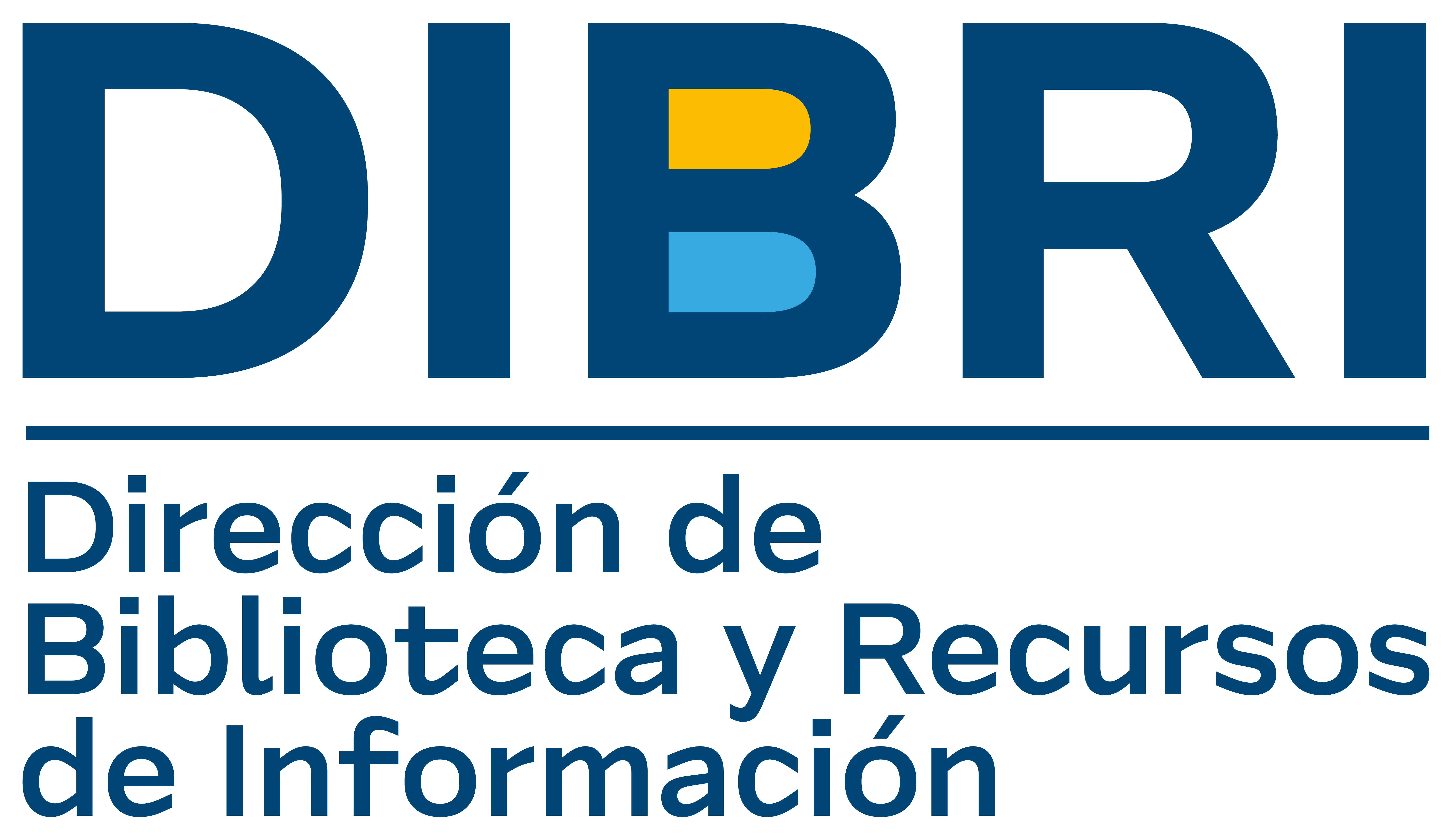Mostrar el registro sencillo del ítem
English Textbooks: a blessing, or a curse?.a blessing, or a curse?
| dc.contributor | Universidad Católica Silva Henríquez. Facultad de Educación y Humanidades | |
| dc.contributor | Muga González, Claudia Macarena | |
| dc.contributor | Orellana Escobar, Camila Andrea | |
| dc.contributor | Ortiz Gurruchaga, Sebastián | |
| dc.contributor | Pino González, José Elías | |
| dc.contributor | Torrealba Cancino, Lucia Elena | |
| dc.contributor.advisor | Díaz Hormazábal, René [prof. guía] | |
| dc.creator | González San Martin, Leslie Carol | |
| dc.date.accessioned | 2021-10-12T15:03:46Z | |
| dc.date.accessioned | 2022-03-30T13:57:30Z | |
| dc.date.available | 2021-10-12T15:03:46Z | |
| dc.date.available | 2022-03-30T13:57:30Z | |
| dc.date.issued | 2011 | |
| dc.identifier | 107226 | |
| dc.identifier.other | INGL D 542 2011 c.1 | |
| dc.identifier.other | CENTRAL | |
| dc.identifier.uri | http://repositorio.ucsh.cl/xmlui/handle/ucsh/2052 | |
| dc.description | Seminario de Título (Profesor de Enseñanza Media en Inglés) -- Universidad Católica Silva Henríquez, 2011 | |
| dc.description.abstract | ELT (English Language Teaching) materials play a very important role in many language classrooms but, according to Litz (2001) “in recent years there has been a lot of debate throughout the ELT profession on the actual role of materials in Teaching English as Foreign Language” (TEFL). Arguments have encompassed both the potential and the limitations of materials for 'guiding' students through the learning process and curriculum as well, as the needs and preferences of teachers who are using textbooks. Other issues that have arisen in recent years include textbook design and practicality, methodological validity, the role of textbooks in innovation, the authenticity of materials in terms of their representation of language, and the appropriateness of gender representation, subject matter, and cultural components. Whether or not one accepts the value of textbooks, it must surely be with the qualification that they are of an acceptable standard or level of quality and appropriate to the learners for whom they are intended. It is absolutely essential, therefore, that we establish and apply a wide variety of relevant and contextually appropriate criteria for the evaluation of the textbooks that we use in our language classrooms. The following research is focused on evaluating activities that promote productive skills of English, by describing the different steps, and qualities that each textbook has. The criteria applied in the rubric that outlines the competencies in the activities have been identified by psychologists, theorists and linguists specialized in the ELT area. This study has been organized in two parts. Part 1 consists of a general overview of the problem. It also deals with the hypothesis inspiring the research, states both general and specific objectives, comprises the theoretical framework underlying the study and includes the methodology applied to accomplish the research, Part 2 examines the results and provides conclusions. At the end, a glossary of the most frequent terms used in the investigation process and a thorough referential list of the authors, books, dictionaries and web sources consulted are provided along with the appendix section containing data tables, data collecting instruments utilized in the study. The contents of the present research study are intended to be referential resources for teachers of English dealing with the teaching of writing and speaking. The research encourages all those writing and speaking instructors to take some time and to look over this thesis and benefit from the experience herein. | |
| dc.format.extent | 165 h gráfs. | |
| dc.language.iso | eng | |
| dc.publisher | Santiago, Chile: UCSH | |
| dc.rights | Atribución-NoComercial-SinDerivadas 4.0 Internacional (CC BY-NC-ND 4.0) | |
| dc.rights.uri | https://creativecommons.org/licenses/by-nc-nd/4.0/deed.es | |
| dc.subject | Inglés -- libros de texto | |
| dc.title | English Textbooks: a blessing, or a curse?.a blessing, or a curse? | |
| dc.type | Seminario de título | |
| dc.file.name | 107226.pdf |



